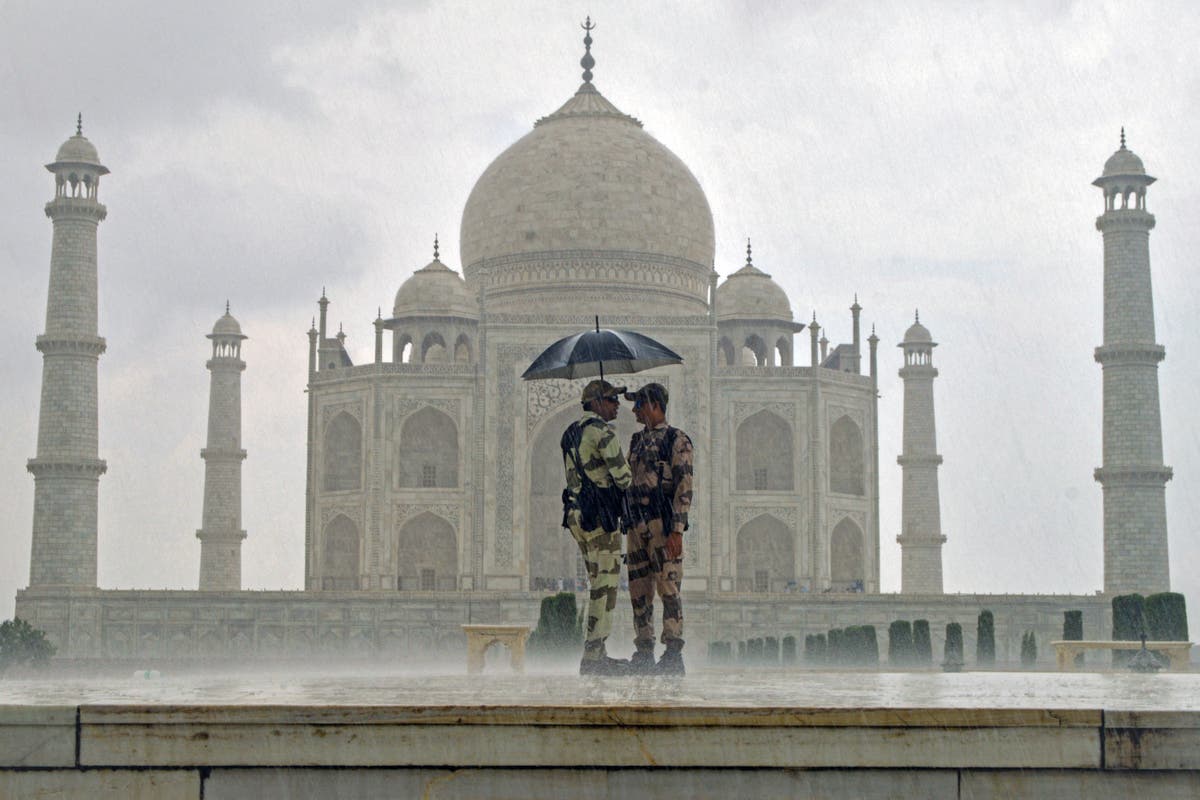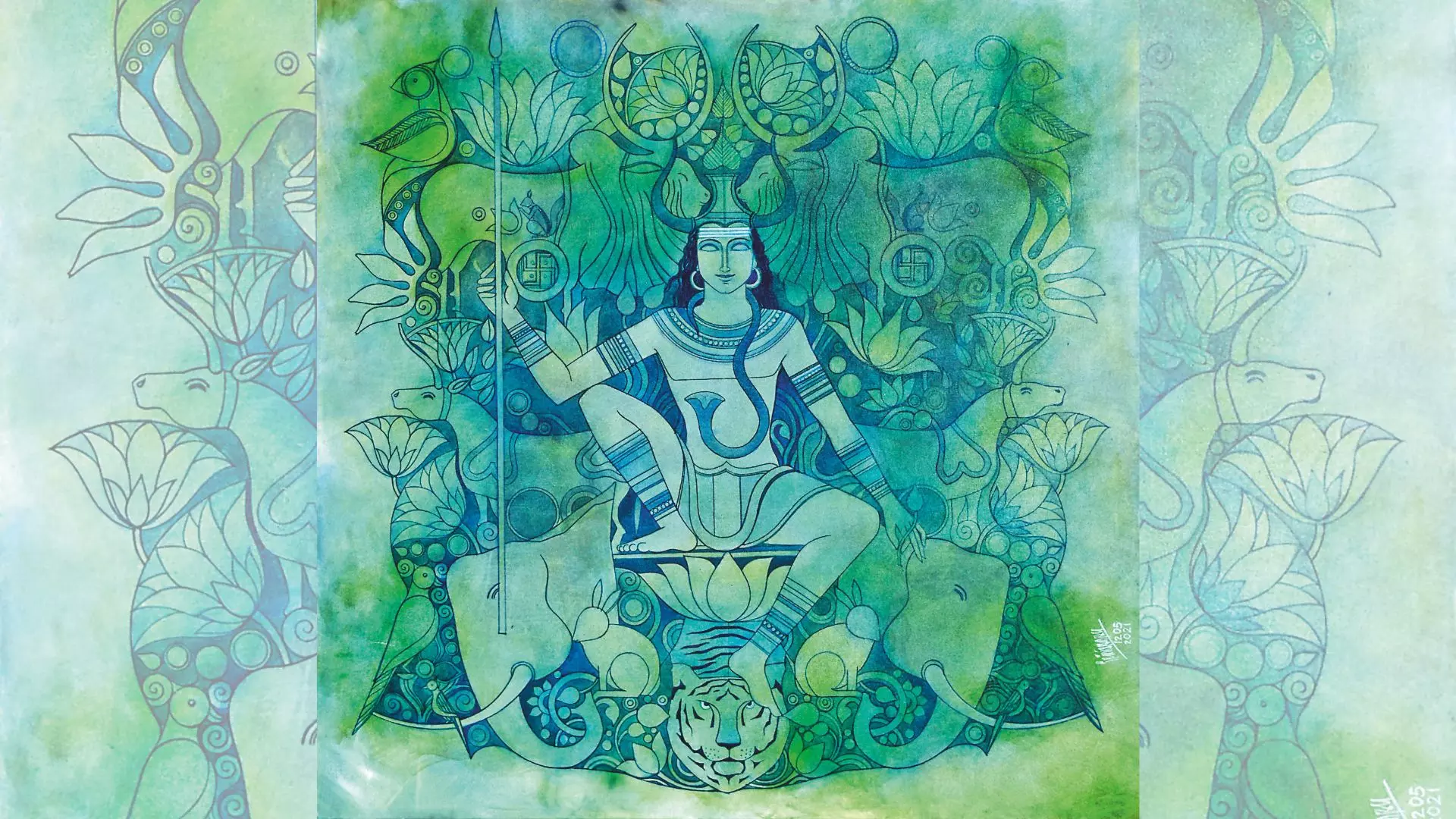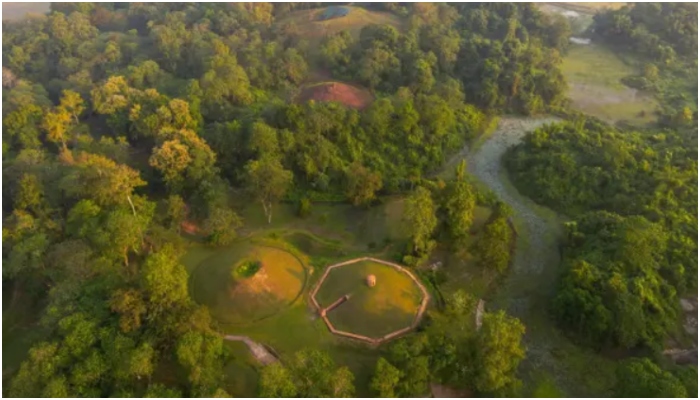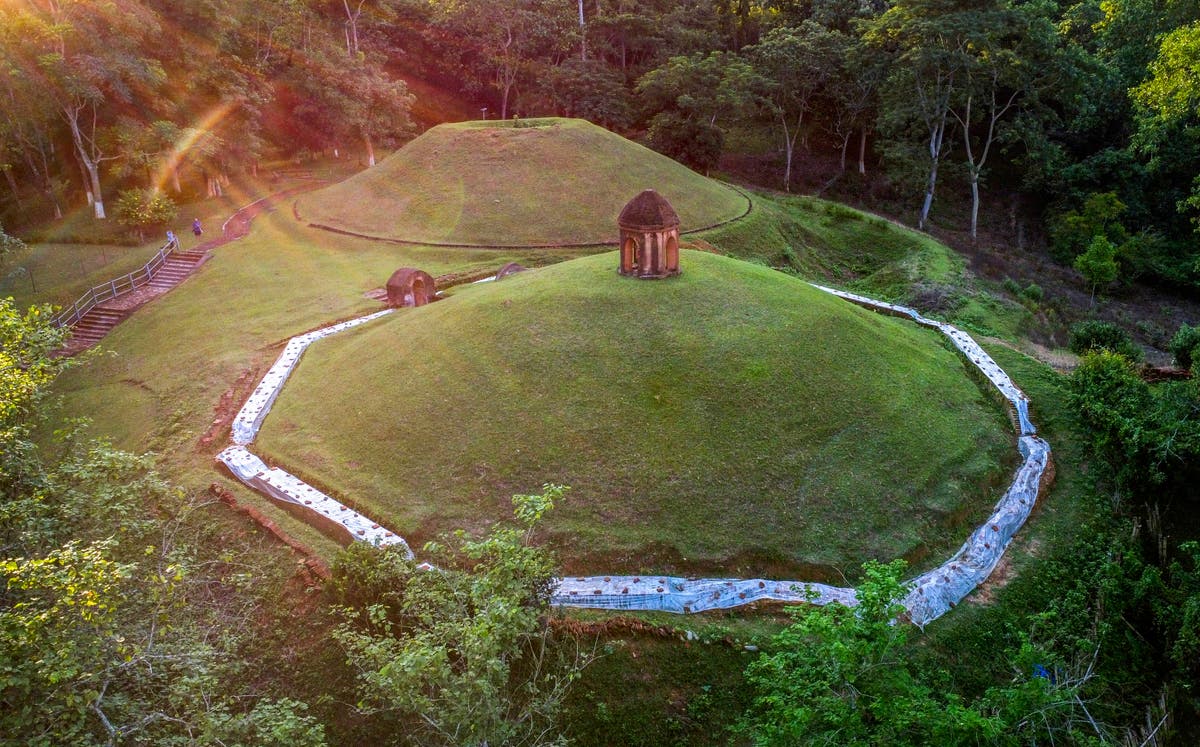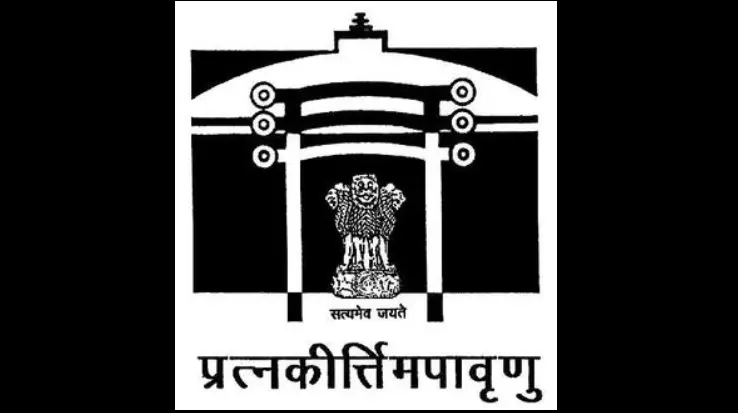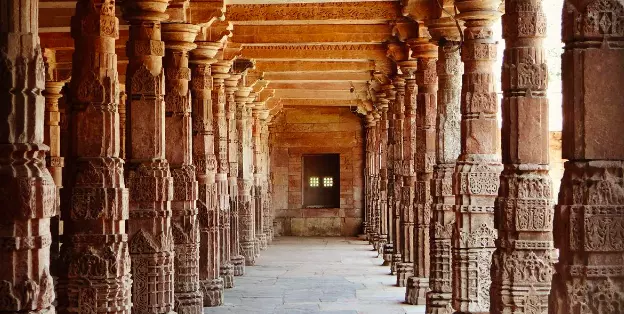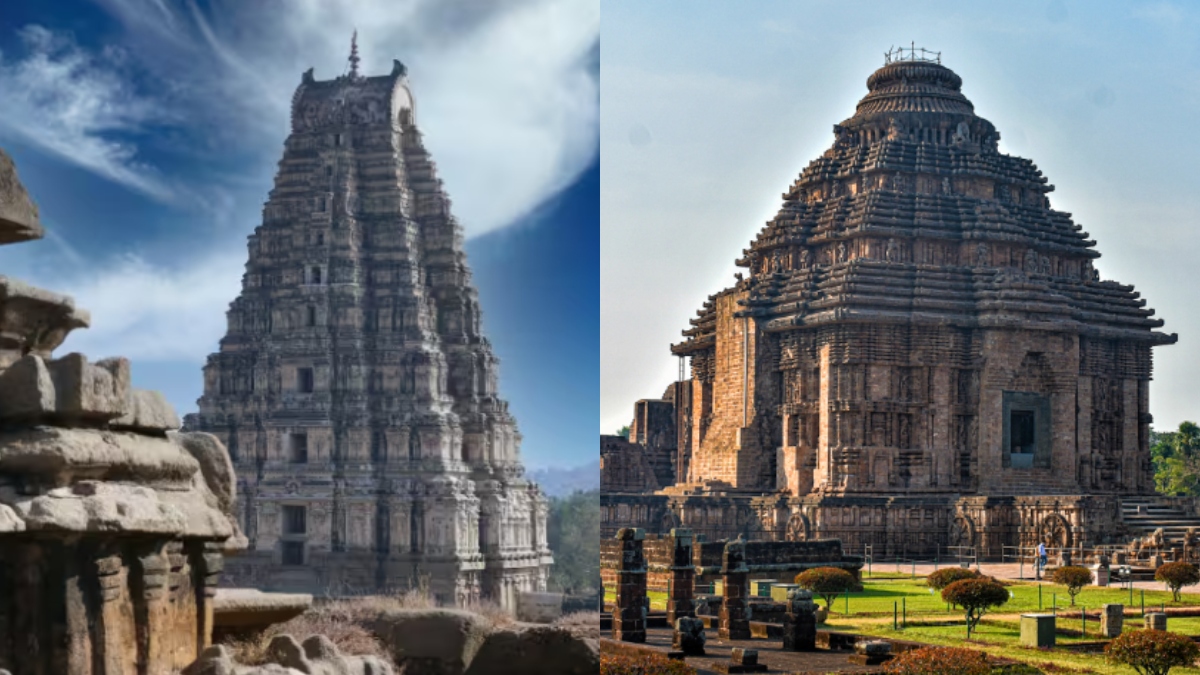
Deciphering secrets deep within Humayun’s Tomb
Hindustan TimesThe majestic Humayun’s Tomb was blanketed by a thick layer of fog, as a group of history enthusiasts, packed in layers of clothing to fight off the morning cold, huddled around to learn more about various structures within the vast complex. This is a perfect example of Indo-Islamic architecture.” The MCD heritage cell walk also explored the many structure that the Humayun’s Tomb complex houses. Rita Rajput, heritage research assistant in MCD’s heritage cell, said, “The arches here have Hindustani elements like elephant trunks and kalash, which is a feature of Indo-Islamic architecture. Pointing to a tulip design, still visible above one of the arches of Halima’s tomb, Singh added, “This architectural design became prominent after Shah Jahan.” The hunt for Dara Shukoh Saturday’s walk, titled Dara Shukoh Humayun ke Saaye main”, was an extension of a previous discussion on December 21 — “The last resting place of Dara Shukoh”, at the Town Hall in Chandni Chowk — which had focused on the extensive research by Singh to find the Mughal prince’s cenotaph. Thus, participants this week could see why Singh zeroed in on one among three cenotaphs, located in the south western chamber of Humayun’s Tomb — this is where he believes Dara Shukoh is buried.
History of this topic

Heritage walk: Delving into Delhi’s mysteries — the Town Hall and Dara Shukoh
Hindustan Times)
Humayun’s Tomb museum | How an unprepared prince became the emperor of second chances
Firstpost
Sunken museum at Humayun's Tomb site in Delhi to be inaugurated on July 29
The Hindu
Humayun’s Tomb in Delhi set to open on Aug 1
Hindustan Times
Tales from the crypt: An exclusive preview of Delhi’s new Mughal museum
Hindustan TimesDiscover Related

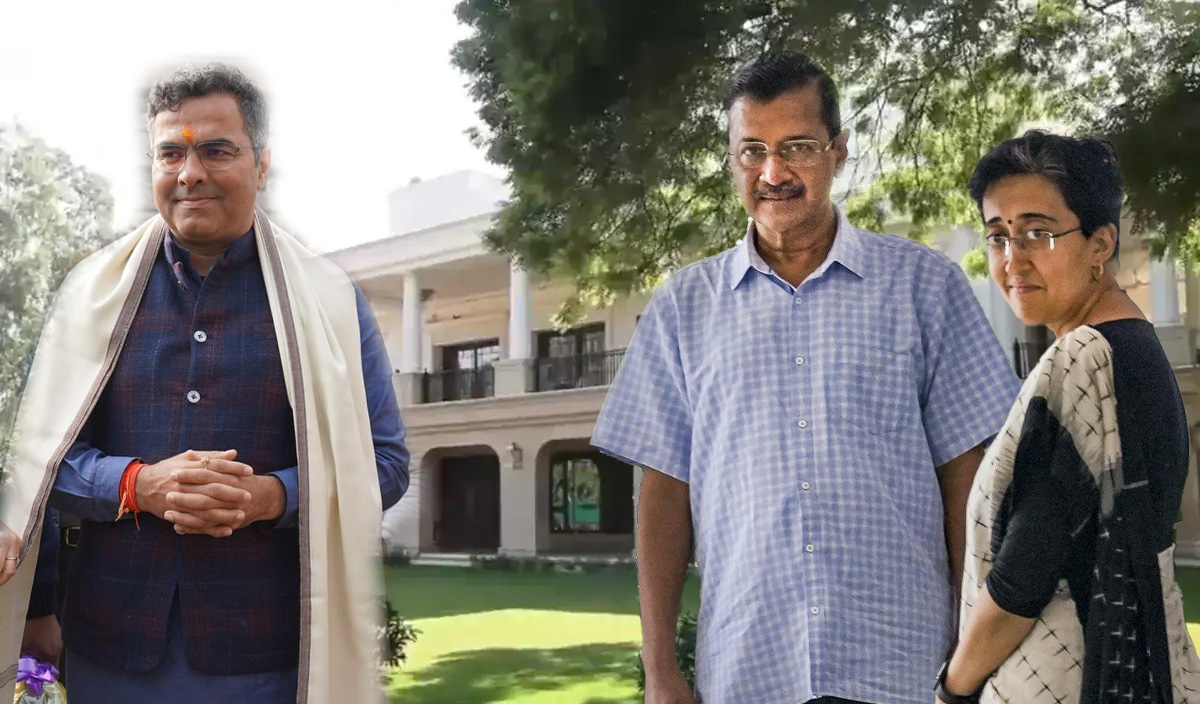




)


)




